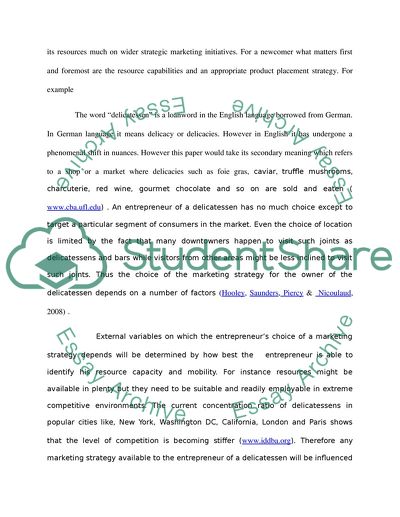Cite this document
(“Marketing Strategies for a Newly Opened Delicatessen Essay”, n.d.)
Marketing Strategies for a Newly Opened Delicatessen Essay. Retrieved from https://studentshare.org/miscellaneous/1557062-marketing-strategies-for-a-newly-opened-delicatessen
Marketing Strategies for a Newly Opened Delicatessen Essay. Retrieved from https://studentshare.org/miscellaneous/1557062-marketing-strategies-for-a-newly-opened-delicatessen
(Marketing Strategies for a Newly Opened Delicatessen Essay)
Marketing Strategies for a Newly Opened Delicatessen Essay. https://studentshare.org/miscellaneous/1557062-marketing-strategies-for-a-newly-opened-delicatessen.
Marketing Strategies for a Newly Opened Delicatessen Essay. https://studentshare.org/miscellaneous/1557062-marketing-strategies-for-a-newly-opened-delicatessen.
“Marketing Strategies for a Newly Opened Delicatessen Essay”, n.d. https://studentshare.org/miscellaneous/1557062-marketing-strategies-for-a-newly-opened-delicatessen.


